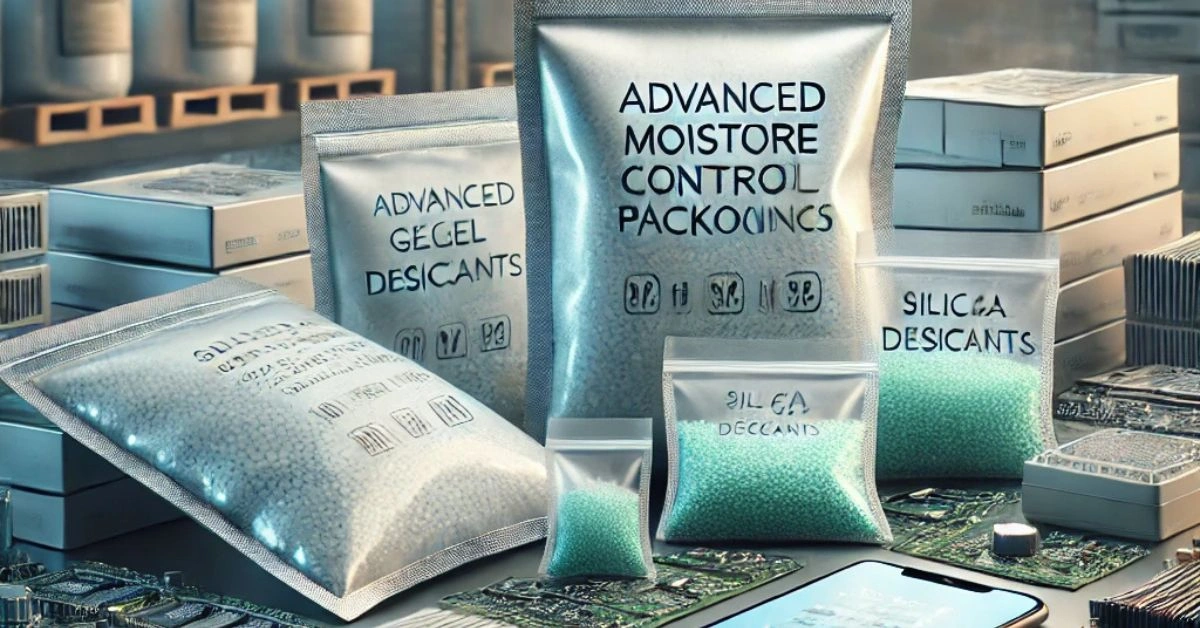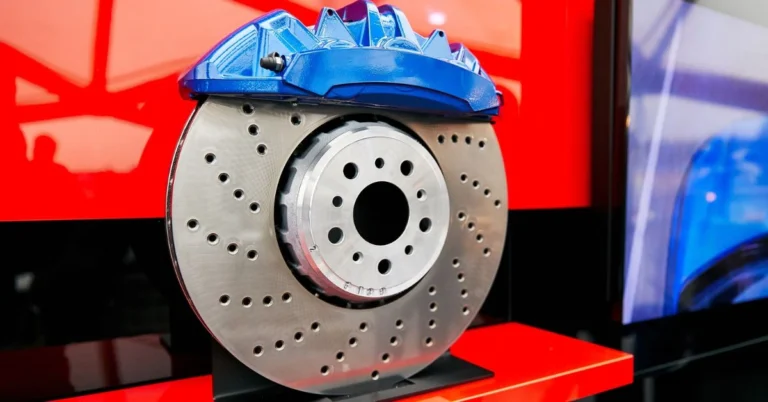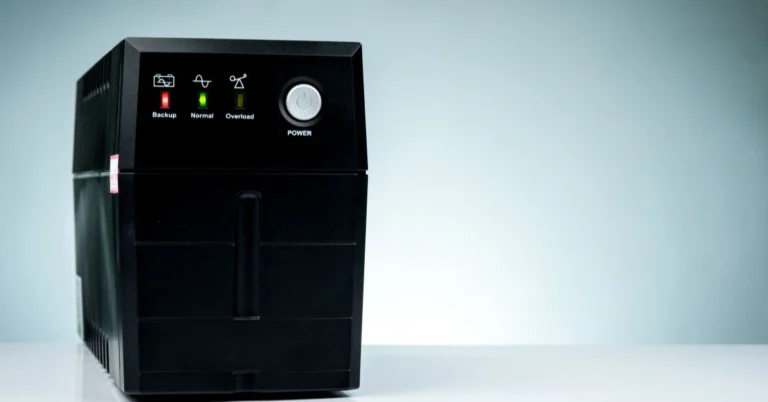Hygropack: Revolutionizing Moisture Control for Superior Product Protection
Moisture control is essential for preserving the quality and longevity of many products. From food to electronics, excessive humidity can lead to spoilage, corrosion, or reduced performance. Packaging solutions that manage humidity effectively are crucial for businesses and consumers alike.
Innovative moisture control packaging represents a cutting-edge solution to tackle this challenge. It incorporates advanced desiccant packaging solutions and moisture-absorbing materials that actively trap and retain excess humidity. This innovative system goes beyond traditional methods, offering a smarter, more reliable way to protect products.
Unlike conventional packaging, these solutions adapt to changing moisture levels in enclosed environments. They don’t just absorb humidity but help maintain optimal conditions for sensitive items. This makes them particularly valuable for industries where product integrity is critical.
Effective humidity control in packaging plays a significant role in ensuring customer satisfaction and reducing waste. Poor moisture management can lead to spoiled food, damaged electronics, or ruined medicines. Modern packaging solutions address these issues by keeping products fresh, safe, and in perfect condition.
What makes these advanced packaging technologies unique is their versatility. They can be used across various industries, including food, pharmaceuticals, and technology. This adaptability makes them an ideal choice for businesses looking to enhance product quality and extend shelf life.
With such solutions, companies can reduce losses due to moisture damage. Customers also benefit from receiving high-quality goods that meet their expectations. As a result, they’re not just solutions—they’re steps forward in packaging innovation.
In this blog, we’ll explore how advanced packaging works, its benefits, and its potential to transform industries.
| Aspect | Details | Key Figures/Examples |
|---|
| What It Is | Innovative moisture control packaging using desiccants and active moisture management systems. | Utilizes silica gel, clay, molecular sieves for moisture absorption. |
| How It Works | Desiccants absorb moisture; systems adjust to humidity fluctuations to maintain optimal conditions. | Active moisture regulation (not just passive absorption). |
| Industries Benefiting | Food & beverage, pharmaceuticals, electronics, textiles, logistics, archival preservation. | Examples: Perishable foods, delicate electronics, medications. |
| Moisture Absorption Materials | Silica gel, clay desiccants, molecular sieves. | Silica gel desiccants commonly used in electronics packaging. |
| Product Types Protected | Food (snacks, dried fruits, baked goods), pharmaceuticals, electronics, textiles, archival materials. | Preserves food shelf life, prevents corrosion in tech, stabilizes medicines. |
| Benefits | 1. Extended shelf life. 2. Improved product quality. 3. Cost-effectiveness. 4. Eco-friendly design. | Reduced spoilage in food, electronics remain undamaged, eco-friendly options. |
| Key Features | 1. Active moisture regulation. 2. Adaptability across industries. 3. Sustainable design. | Tailored to product types, reduces waste through better moisture control. |
| Effect on Business | Minimizes product waste, reduces spoilage, ensures customer satisfaction. | Example: Electronics packaged with moisture control have higher customer trust. |
| Environmental Impact | Many solutions use eco-friendly materials and processes. | Recyclable materials, sustainable manufacturing processes. |
| Cost Implications | Initial investment may be higher but leads to long-term savings. | Lower losses from damaged goods, fewer returns from spoiled products. |
| Customer Satisfaction | Ensures products arrive in optimal condition, enhancing brand reputation. | Fresh food, effective electronics, intact pharmaceuticals. |
| Future Trends | Increasing customization, global application expansion, focus on sustainability. | Customization for diverse industries (e.g., food packaging, tech devices). |
| Challenges & Opportunities | Initial integration costs, but long-term benefits outweigh these. | Technological advancements, evolving global demand for packaging. |
| Adaptability | Versatile for different humidity-sensitive products. | Can be used for high-tech electronics, pharmaceuticals, etc. |
How It Works: The Science Behind Moisture Control
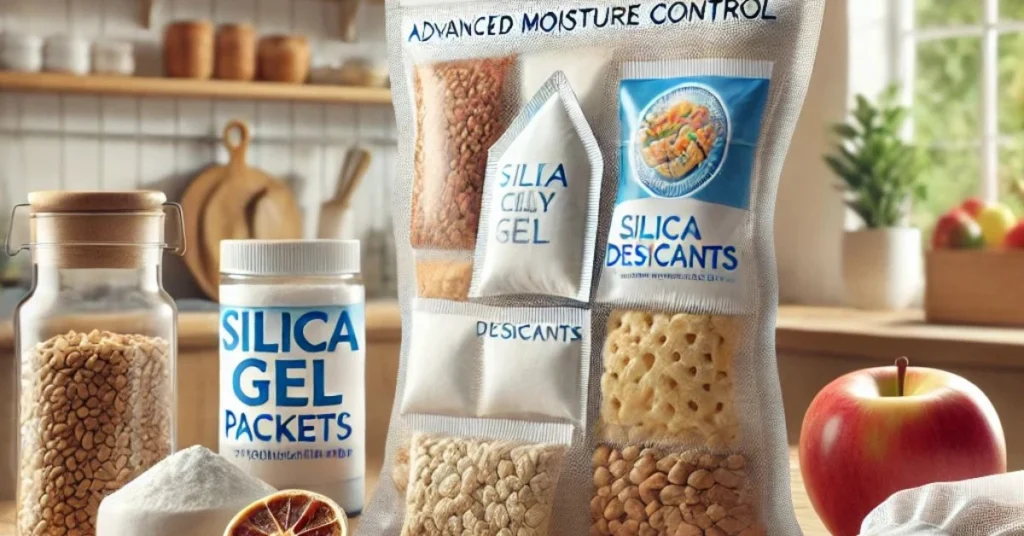
The Role of Desiccants in Modern Packaging
Desiccants are substances that absorb and hold moisture. Advanced packaging systems use silica gel desiccants, clay desiccant applications, and molecular sieve usage to manage humidity in enclosed environments. These materials are designed to trap excess moisture efficiently, ensuring optimal conditions for sensitive products.
Active Moisture Management: A Smarter Approach
Innovative moisture-control solutions employ active methods to adjust to changing humidity levels. They don’t just absorb moisture passively but actively regulate the internal environment. This advanced approach keeps the humidity level stable, even in challenging conditions.
Retaining and Neutralizing Excess Moisture
These systems don’t just absorb water; they retain it securely. This prevents moisture from re-entering the environment. As a result, they offer long-lasting protection compared to traditional methods.
Designed for Enclosed Environments
Sophisticated packaging solutions are specifically designed for enclosed spaces where moisture can accumulate. These include food packaging, pharmaceutical containers, electronic device storage, and archival material storage. Their targeted design ensures they work efficiently in controlled spaces.
A Versatile Solution for Multiple Needs
The science behind these systems allows them to be used across different industries. They work for moisture-sensitive products with varying sensitivity levels, from food to high-tech electronics. This makes them universal solutions for humidity regulation in storage and transit.
Understanding how these advanced systems work highlights their effectiveness and adaptability. Their technology ensures that products remain safe and high-quality, regardless of the environment.
Benefits: Why Advanced Packaging Matters
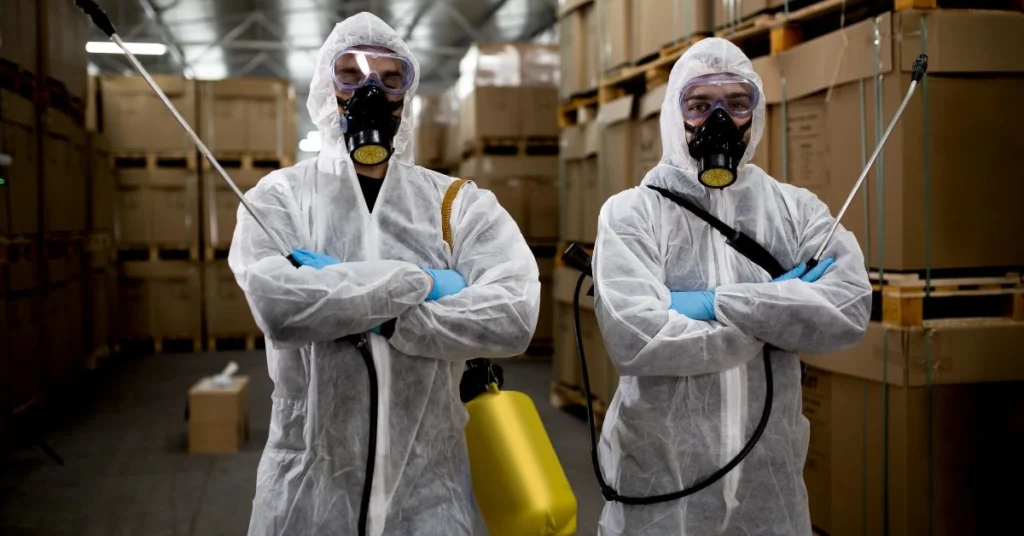
Enhanced Product Shelf Life
These systems extend the life of products by controlling moisture levels. This is especially important for perishable items like food and pharmaceuticals. By preventing spoilage, they ensure products remain usable for longer periods.
Improved Product Quality
Excess humidity can cause products to degrade or lose their effectiveness. Advanced solutions protect items by maintaining optimal conditions inside the packaging. Customers receive high-quality goods that meet their expectations.
Cost-Effectiveness for Businesses
Moisture damage can result in significant financial losses for businesses. These systems minimize these losses by reducing product waste and spoilage. This makes them cost-effective solutions for companies across industries such as food industry packaging and electronics moisture protection.
Eco-Friendly and Sustainable Design
Many of these packaging solutions are designed with sustainability in mind. They use eco-friendly packaging materials and processes to reduce their environmental footprint. Companies can adopt them as part of their green initiatives.
Versatility Across Industries
These solutions work for a wide range of products, from food to electronics. Their flexibility makes them valuable for different sectors, including logistics and warehousing packaging. Businesses can rely on them to meet specific packaging needs.
Customer Satisfaction and Trust
Products that stay fresh and undamaged lead to happier customers. These systems help businesses build trust by delivering consistent quality. Satisfied customers are more likely to become loyal clients.
By offering these benefits, these packaging solutions stand out as revolutionary tools. They’re more than just packaging—they’re ways to protect products, reduce costs, and support sustainability.
Applications Across Industries

Food and Beverage Industry
Moisture control helps keep food fresh by regulating humidity inside the packaging. It prevents spoilage, mold growth, and texture changes in items like snacks, dried fruits, and baked goods. This ensures that food reaches customers in the best possible condition.
Pharmaceuticals and Healthcare
Medicines and healthcare products are sensitive to humidity. These systems maintain stable conditions to protect these items from degradation. This helps preserve their efficacy and ensures patient safety.
Electronics and Technology
Moisture can damage delicate electronic components and cause corrosion. Advanced packaging protects gadgets, circuit boards, and other tech items during storage and transport. This makes them essential for safeguarding expensive and sensitive equipment.
Textiles and Apparel
Moisture can lead to mold, mildew, and odors in fabrics and clothing. These solutions prevent these issues by keeping textiles dry during shipping and storage. This ensures garments and other fabric products remain in perfect condition.
Logistics and Warehousing
In warehouses and shipping containers, humidity can affect a wide range of products. These systems offer versatile solutions to protect items during transit and storage. This reduces losses and maintains product quality throughout the supply chain.
Archival Preservation
Important documents, artwork, and collectibles are highly sensitive to moisture. These systems help preserve these valuable items by controlling the humidity around them. This ensures they remain intact and free from damage over time.
These adaptable solutions make them valuable tools across many sectors. Their ability to protect different types of products highlights their importance in modern packaging and storage.
Future of Moisture Control
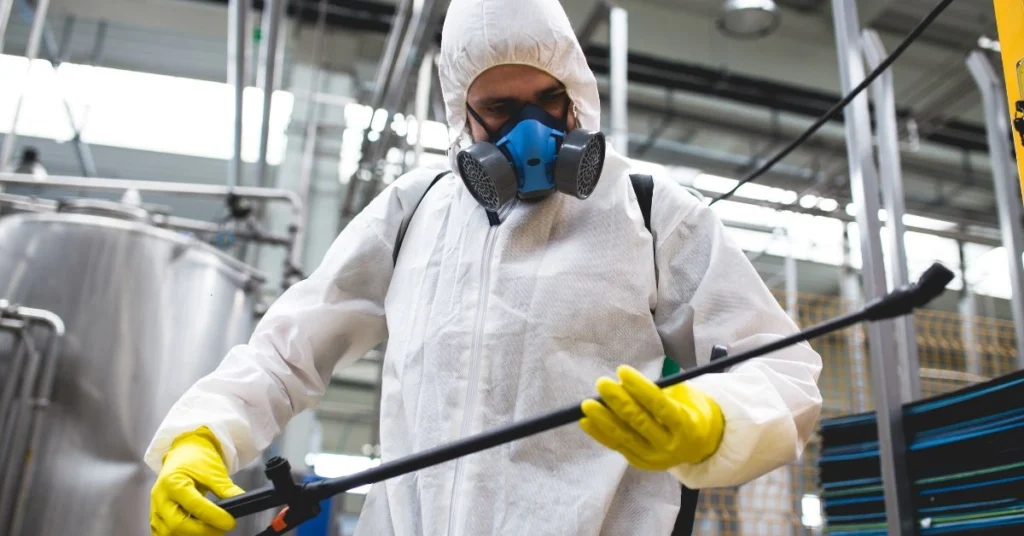
Emerging Trends in Packaging Technology
Moisture-control solutions are evolving to meet modern demands. These innovative systems represent a new wave of packaging technologies. They align with the industry’s move toward smarter, more efficient, and eco-friendly solutions.
Customization for Specific Industry Needs
Different industries have unique moisture-control requirements. Advanced packaging can be tailored to suit these specific needs. This flexibility allows businesses to protect their products more effectively.
Expanding Global Applications
As industries grow, so does the need for reliable packaging solutions. These systems have the potential to expand into global markets. Their versatility makes them suitable for industries worldwide, from agriculture to high-tech manufacturing.
Innovations in Sustainable Design
Sustainability is becoming a priority in packaging. These solutions integrate eco-friendly materials and processes to reduce environmental impact. This makes them forward-thinking tools for companies focused on green initiatives.
Challenges and Opportunities Ahead
Adopting advanced technologies may involve initial challenges, such as cost or integration. However, the long-term benefits outweigh these concerns. With continued innovation, these solutions will likely become even more efficient and accessible.
Why Advanced Packaging is the Future
These systems address modern challenges in product protection and sustainability. They offer practical solutions for reducing waste, improving quality, and enhancing customer satisfaction. As industries evolve, they are set to play a crucial role in shaping the future of packaging.
These innovative tools aren’t just about controlling moisture—they’re about improving products and processes for a better tomorrow.
Conclusion
Effective moisture control is a critical aspect of maintaining product integrity across various industries. From food to electronics and pharmaceuticals, advanced packaging solutions that regulate humidity offer significant benefits in preserving quality, extending shelf life, and reducing spoilage. These systems not only absorb excess moisture but actively manage and stabilize humidity levels, providing a smarter and more reliable approach to packaging.
By implementing cutting-edge moisture control technologies, businesses can ensure that their products remain in optimal condition, minimize waste, and enhance customer satisfaction. These innovations also contribute to sustainability efforts by incorporating eco-friendly materials and processes. As the demand for more efficient and effective packaging solutions grows, these advancements are set to play a pivotal role in shaping the future of industries worldwide.
In essence, moisture control in packaging is not just about protecting products—it’s about enhancing quality, reducing losses, and supporting businesses and consumers alike. As technology evolves, these solutions will continue to provide valuable, long-term benefits, ensuring that products meet the highest standards of freshness, safety, and performance.
What industries benefit from advanced moisture control packaging?
Advanced moisture control packaging is useful across multiple industries, including food and beverage, pharmaceuticals, electronics, textiles, logistics, and archival preservation. It ensures that moisture-sensitive products remain in ideal conditions during storage and transit.
How do moisture control packaging solutions work?
These solutions use desiccants and active moisture management systems to absorb and neutralize excess humidity. Unlike passive desiccants, they adjust to changing moisture levels and maintain a stable internal environment, ensuring optimal conditions for the product inside.
Can moisture control packaging prevent product spoilage?
Yes, moisture control packaging is specifically designed to prevent spoilage by regulating humidity. This helps maintain the freshness of food, the stability of pharmaceuticals, and the integrity of electronics, preventing damage from mold, corrosion, or degradation.
Are moisture control packaging solutions eco-friendly?
Many advanced moisture control systems are designed with sustainability in mind. They often use eco-friendly materials and processes to reduce environmental impact, aligning with green initiatives adopted by businesses.
What are the long-term benefits of using moisture control packaging?
The long-term benefits include extended product shelf life, reduced spoilage, improved customer satisfaction, cost savings through reduced waste, and enhanced brand reputation. Businesses can deliver high-quality products consistently, which builds consumer trust and loyalty.
How can I implement moisture control packaging in my business?
To implement moisture control packaging, businesses should first assess their products’ moisture sensitivity and select the appropriate packaging solutions. This may involve working with packaging suppliers or manufacturers who offer customized solutions to meet specific needs.
Can moisture control packaging be tailored to specific products?
Yes, one of the key advantages of modern moisture control packaging is its adaptability. Solutions can be customized to meet the unique requirements of different products, from perishable food items to high-tech electronics, ensuring the best protection for each item.
Will these packaging solutions increase the cost of my products?
While the initial investment in advanced packaging solutions may be higher, the long-term benefits—such as reduced spoilage, lower product loss, and enhanced quality—often outweigh the costs. Over time, businesses can save money by minimizing waste and improving customer satisfaction.
How does moisture control packaging improve customer satisfaction?
By ensuring products are kept in optimal condition, moisture control packaging helps maintain their quality. Customers receive fresh, undamaged products, which builds trust and encourages repeat business. Products that perform as expected lead to higher satisfaction and loyalty.
What are the future trends in moisture control packaging?
The future of moisture control packaging involves increasing customization, expanding global applications, and integrating more sustainable materials. As industries continue to grow, demand for more efficient, eco-friendly, and adaptable solutions will drive innovation in packaging technologies.

